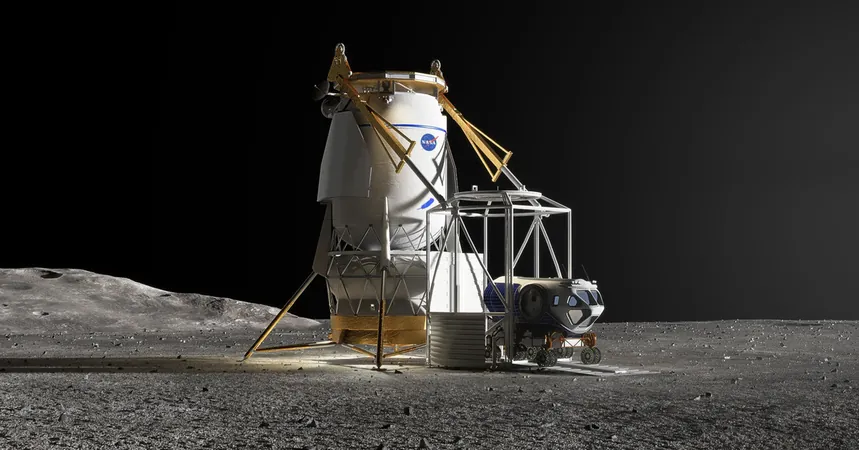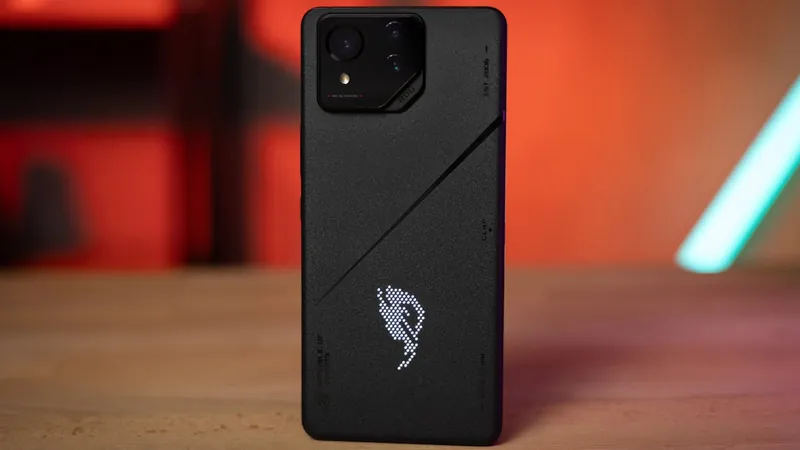
The Shocking Secret Behind Pokémon Go: How Your Gameplay Has Been Powering a Cutting-Edge AI Revolution
2024-11-21
Author: Noah
Since its explosive launch in 2016, "Pokémon Go" has captivated millions around the globe with its innovative augmented reality (AR) gameplay. But what players didn’t realize is that their gaming experience has been silently fueling a groundbreaking artificial intelligence (AI) initiative.
Niantic, the studio that created this cultural phenomenon, recently unveiled that it has been gathering data from users to build an expansive "Large Geospatial Model" (LGM). This model aims to empower robots and various devices to navigate the real world with impressive precision—even when they lack comprehensive information.
In a revealing blog posted on November 12, Niantic disclosed that the company has assimilated data from over 10 million locations worldwide, with players contributing approximately 1 million new scanned locations every week. This staggering volume of data has already equipped Niantic's AI systems with the capability to train 50 million local neural networks. These networks allow machine learning algorithms to effectively operate across more than a million unique geographic locations.
Niantic scientists, Eric Brachmann and Victor Adrian Prisacariu, outlined a fascinating vision for how these local networks will merge into a cohesive global model. This model won’t merely enhance geographical comprehension, but will also allow computers to interact with real-world environments in unprecedented ways. Such advancements could have far-reaching implications for augmented reality glasses and a variety of sectors, including robotics, content creation, and autonomous systems.
Much like Large Language Models (LLMs) such as ChatGPT, which analyze massive amounts of text data, LGMs consume vast amounts of geodata to construct realistic representations of our physical space. This capability may seem unusual; after all, humans have a lifetime of experiences that help them understand their environment intuitively. However, for machines, the challenge is monumental. Current AI models often struggle to visualize scenes accurately or deduce missing elements.
Central to Niantic's LGM is its Visual Positioning System (VPS), which utilizes a simple smartphone camera image to determine the exact location and orientation of an object with remarkable precision—down to the centimeter.
While many "Pokémon Go" enthusiasts appear largely unaffected by this revelation concerning their data, some skeptics voice concern about the potential misuses of Niantic's technology. As this new AI era unfolds, players may find themselves pondering: What are the implications of their fun and games on privacy, security, and the broader technological landscape?
As Niantic expands its geospatial capabilities, the intersection of gaming and AI raises compelling questions about data ethics and user consent in a world increasingly shaped by technology. Can we truly trust that our playful pursuits in the AR world won’t be weaponized in ways we can’t predict? Stay tuned as this story unfolds, and remember—what you capture in the game might just influence our reality more than you think!









 Brasil (PT)
Brasil (PT)
 Canada (EN)
Canada (EN)
 Chile (ES)
Chile (ES)
 España (ES)
España (ES)
 France (FR)
France (FR)
 Hong Kong (EN)
Hong Kong (EN)
 Italia (IT)
Italia (IT)
 日本 (JA)
日本 (JA)
 Magyarország (HU)
Magyarország (HU)
 Norge (NO)
Norge (NO)
 Polska (PL)
Polska (PL)
 Schweiz (DE)
Schweiz (DE)
 Singapore (EN)
Singapore (EN)
 Sverige (SV)
Sverige (SV)
 Suomi (FI)
Suomi (FI)
 Türkiye (TR)
Türkiye (TR)